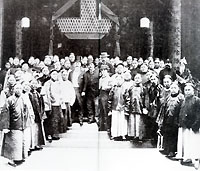| With the success
of the Revolution in 1911, the women forerunners
of political activities liked simple and plain
clothes. They usually
wore calf-length upper garments with chin-high
collars. Later, women's suits, also called
"free- styled suits", came into fashion.
As for men's wear, the change was not
as drastic as that of women's. Other
than cutting their pigtails, men's wear was
basically the same as the old days. Compradors
and intellectuals, however, began wearing
western-styled suits on some occasions.
The
outbreak of the May Fourth Movement in 1919
led to an influx of new cultures and new thoughts.
A lot of students studying overseas
returned to China and acted as pioneers in
blending the Chinese culture with the Western.
Clothes became more westernized. Besides,
western dress-making methods became the trend
of that time.
Based on the styles of western clothes,
the patterns of cheungsams, in particular,
underwent continuous changes and improvements. The modified
cheungsams first appeared in the 1920's and
were commonly seen in big cities such as Shanghai
and Beijing in the 1930's. |

Chinese and Western Clothing of the last
century.
 
A
republican robe and a suit of blouse and skirt
of the 1910s. |



